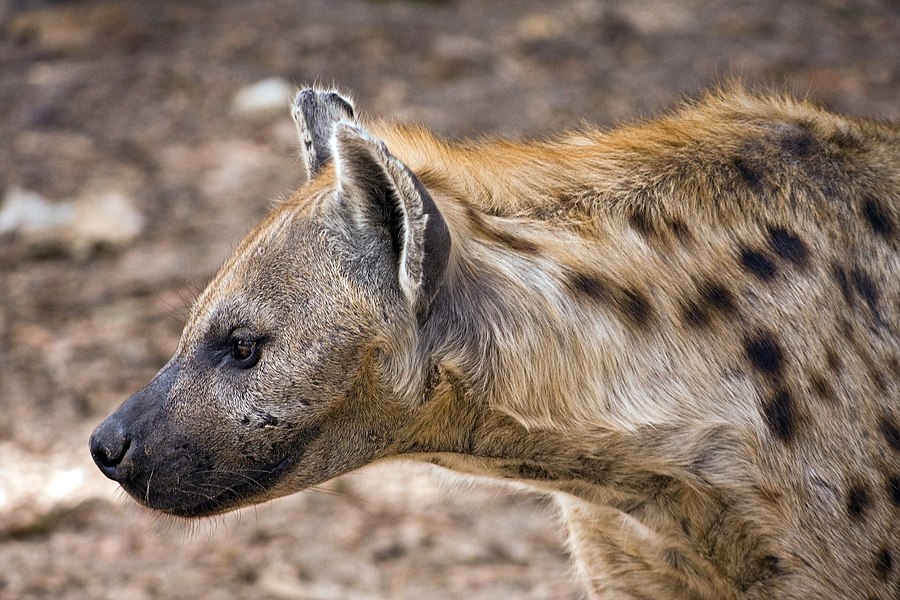Facts About Hyena
Hyenas, or hyaenas, are captivating carnivorous mammals belonging to the Hyaenidae family. Despite there being only four extant species, hyenas play a crucial role in African ecosystems. Intriguingly, although they are more closely related to cats and civets, hyenas exhibit many behavioral and physical similarities to dogs due to convergent evolution. These ground-dwelling hunters depend on their powerful teeth to capture prey. For example, spotted hyenas frequently hunt and kill most of their food, whereas striped hyenas are more inclined to scavenge. Predominantly nocturnal, hyenas are also audacious enough to steal kills from larger predators such as lions.
Hyenas have a significant evolutionary history that extends back to the Miocene era in Eurasia. Initially, there were two primary types: dog-like hyenas and bone-crushing hyenas. Over time, the bone-crushing varieties emerged as the preeminent scavengers in Eurasia and Africa. Presently, the four species of hyenas are the striped hyena, brown hyena, spotted hyena, and aardwolf, each uniquely adapted to its environment and diet.
Culturally, hyenas have often been portrayed negatively. They appear in folklore and mythology as symbols of witchcraft and grave robbing and are believed to possess the power to influence spirits. Hyenas also feature in literature, including DC Comics. In reality, there have been instances of hyenas attacking humans, with reports of man-eating hyenas in various regions. Despite their fearsome reputation, some cultures have utilized hyenas for food and medicinal purposes.
Physically, hyenas have a wolf-like build characterized by distinctive features such as short torsos, large skulls, and powerful jaws capable of crushing bones. Their behaviors include feline-like grooming, unique mating rituals, and species-specific vocalizations. Socially, hyenas exhibit complex structures and territorial marking behaviors.

 Namibia
Namibia